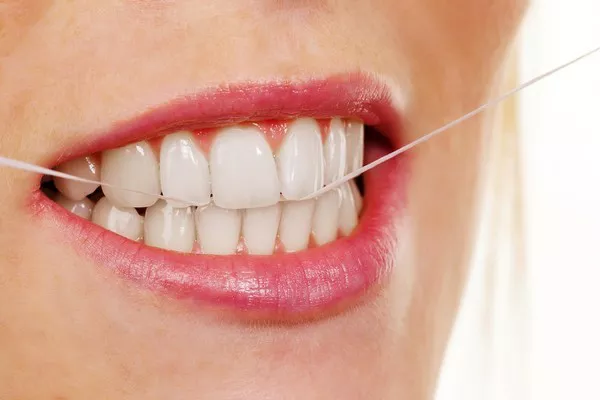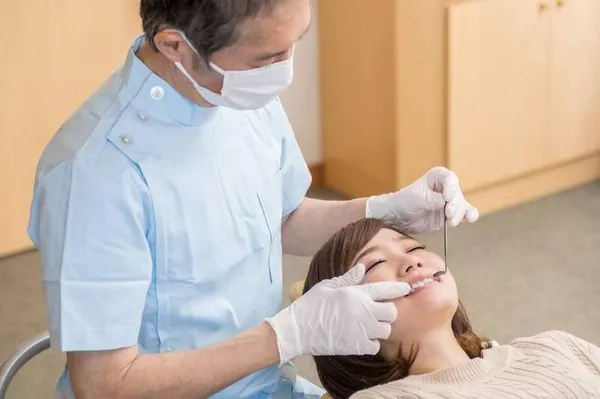Dental fillings are a common and effective way to treat cavities and restore the structure and function of a damaged tooth. However, it’s not uncommon for individuals to experience tooth sensitivity to cold after having a filling. This sensation can range from mild discomfort to sharp, shooting pain. In this article, we will explore the reasons behind tooth sensitivity after a filling, when to be concerned, and how to manage and prevent this discomfort.
Understanding Dental Fillings
Before delving into tooth sensitivity, let’s briefly understand the process of dental fillings:
Diagnosis: Your dentist identifies the presence of a cavity or tooth damage during a dental examination.
Preparation: The dentist removes the decayed or damaged portion of the tooth using specialized dental instruments.
Filling Placement: After preparing the tooth, the dentist places a filling material into the space to restore the tooth’s shape and function.
Finishing: The filling is shaped and polished to ensure it fits comfortably within your bite.
Dental fillings can be made from various materials, including amalgam (silver), composite resin (tooth-colored), gold, and porcelain. The choice of filling material depends on factors such as location, tooth function, and cosmetic concerns.
Reasons for Tooth Sensitivity After Filling
Tooth sensitivity to cold after a filling is a common occurrence and can result from several factors:
1. Normal Post-Procedure Sensitivity
It’s essential to note that some level of sensitivity is entirely normal after dental fillings. The tooth may experience some trauma during the preparation process, which can temporarily make it more sensitive to cold or hot temperatures. This sensitivity usually diminishes within a few days to a week.
2. Nerve Irritation
During the filling procedure, the dentist removes the decayed or damaged portion of the tooth, which may have exposed the tooth’s nerve endings or dentin tubules. Dentin is a sensitive layer beneath the enamel. When exposed, it can lead to increased sensitivity to temperature changes, especially cold.
3. Type of Filling Material
The type of filling material used can also impact post-filling sensitivity. Composite resin fillings tend to cause less sensitivity compared to amalgam fillings. However, this can vary from person to person.
4. Bite Alignment
If the filling is slightly too high or alters your bite, it can lead to increased pressure on the treated tooth when you chew. This can cause sensitivity, which may feel like it’s triggered by cold foods or beverages.
5. Pulp Inflammation
In some cases, the pulp of the tooth (the innermost part containing nerves and blood vessels) may become inflamed or irritated after a filling. This can result in heightened sensitivity.
6. Recurrent Decay
If recurrent decay develops around the filling, it can expose new areas of the tooth, leading to sensitivity. Regular dental check-ups are crucial to detect and address any potential issues early.
When to Be Concerned
While some post-filling sensitivity is typical and resolves on its own, there are instances where you should be concerned and seek dental attention:
Persistent Sensitivity: If sensitivity to cold persists beyond a few weeks or worsens over time, it’s essential to consult your dentist.
Severe Pain: Sharp, shooting, or severe pain that is not alleviated by over-the-counter pain relievers is a cause for concern.
Signs of Infection: If you notice signs of infection, such as swelling, pus discharge, or a bad taste in your mouth, contact your dentist immediately.
Changes in Bite: If the filling has altered your bite and causes persistent discomfort when chewing or biting, it needs adjustment.
Managing and Preventing Tooth Sensitivity After Filling
To manage and prevent tooth sensitivity after a filling, consider the following:
Use Desensitizing Toothpaste: Desensitizing toothpaste containing fluoride can help alleviate sensitivity. Use it as directed by your dentist.
Avoid Extremely Hot or Cold Foods: Limit your consumption of extremely hot or cold foods and beverages while sensitivity persists.
Over-the-Counter Pain Relievers: Over-the-counter pain relievers can help manage discomfort. Follow the recommended dosage instructions.
Good Oral Hygiene: Maintain excellent oral hygiene practices, including regular brushing and flossing. This helps prevent further dental issues that may exacerbate sensitivity.
Dental Check-Ups: Attend follow-up appointments with your dentist as recommended. They can assess the filling and address any concerns.
Adjustment: If your bite feels uneven or uncomfortable after the filling, contact your dentist for an adjustment.
Conclusion
Tooth sensitivity to cold after a filling is a common occurrence and often resolves on its own within a short period. However, it’s essential to monitor the sensitivity and seek dental attention if it persists or worsens. Your dentist can assess the filling, address any potential issues, and recommend appropriate measures to alleviate discomfort. Regular dental check-ups and good oral hygiene practices are essential for maintaining the health and longevity of your dental fillings while minimizing the risk of sensitivity.
Related Topics:




























